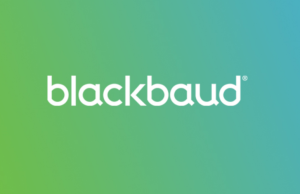While adequate insurance is necessary, making insurance the lead dog in the risk-avoidance pack is not the best method of combating risk.
According to a recent white paper published by Hub International, commercial insurance should be the court of last resort in any holistic risk management plan. It’s just a way to pay for bad things that happen.
A textbook approach to risk management involves a systematic, sequential process:
- Identification and assessment: What hazard, operational, financial and strategic threats confront the organization? How frequent and how severe are they? What would the consequences be in a worst-case scenario?
- Avoidance and reduction: What measures can the entity managers take, through property conservation, life safety, human resource, and travel safety/security policies, to avoid and reduce risks? As managers consider new programming, operations and partnerships, what can they do to eliminate or lessen inherent risks?
- Transfer: Does the organization acquire or divest risk when it enters into contracts, and to what extent? As a purchaser of goods or services, does the nonprofit routinely ask the sellers to provide defense and indemnity, and require appropriate insurance as a financial backstop? Does its own insurance properly accommodate the risk that it assumes?
- Retention: To what extent can the organization safely assume risk from its own treasury to achieve more efficient commercial risk transfer and avoid “trading dollars” with its insurers?












